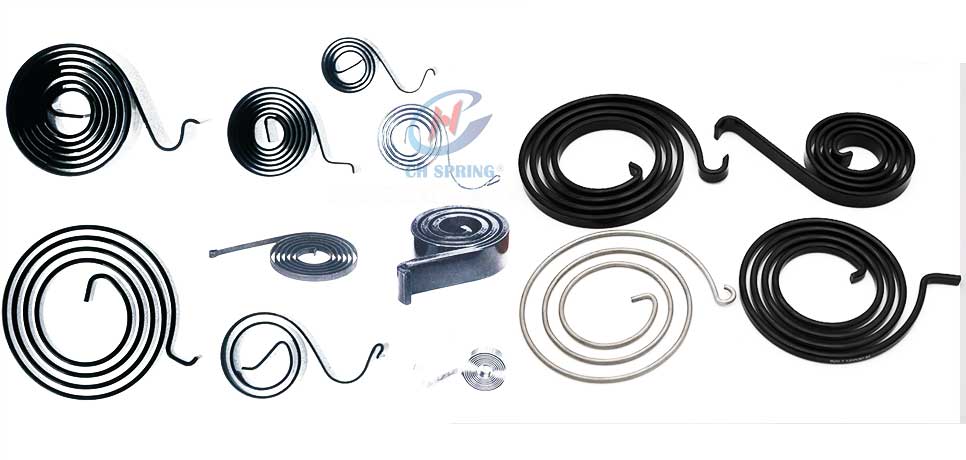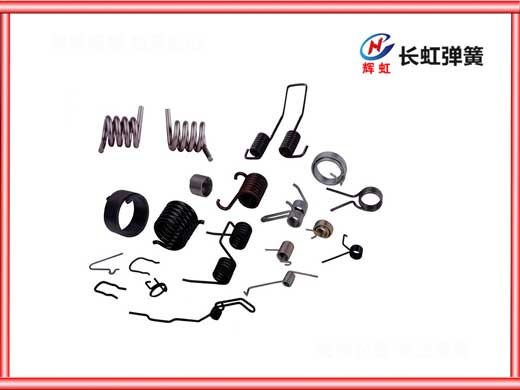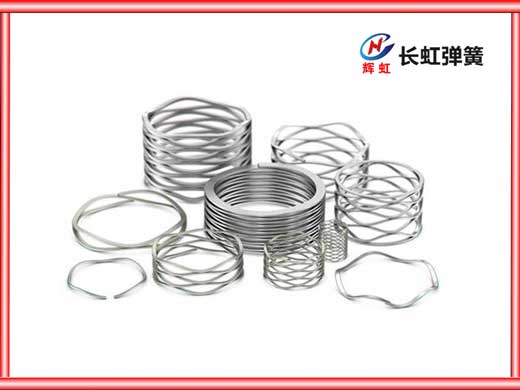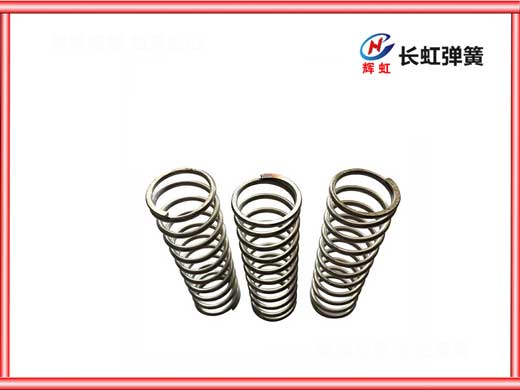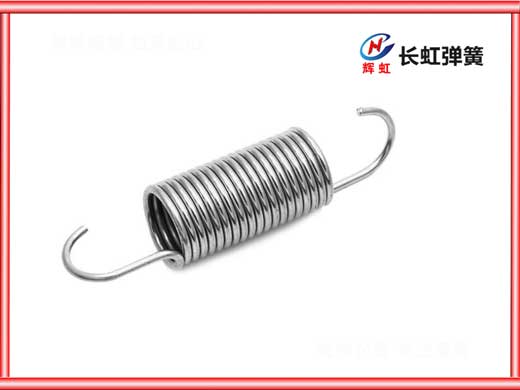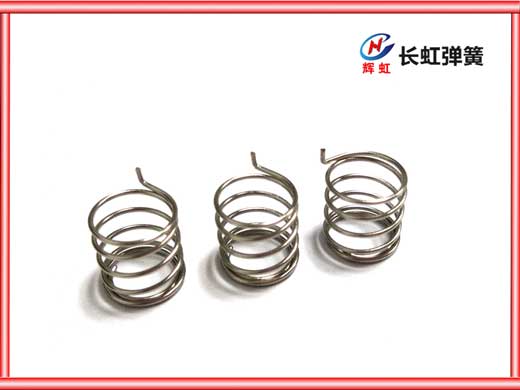A scroll spring is a type of special-shaped spring whose manufacturing process involves winding an elongated material of equal cross-section into a flat spiral shape. In this kind of spring, one end is fixed and the other end is under the action of torque. The spring material will produce bending elastic deformation, causing the spring to twist in the plane. The deformation angle is proportional to the torque. The fixed end of the scroll spring can be fixed in a variety of ways, including hinge fixation, pin fixation, V-shaped fixation and lining fixation.
The principle of scroll spring is mainly based on the elastic deformation of materials and the storage and release of energy. When an external force acts on a scroll spring, the spring material will elastically deform, absorb the external force and store energy. When the external force disappears, the spring material will return to its original shape and release the stored energy. This energy storage and release process makes scroll springs widely used in mechanical systems.
The stiffness of the scroll spring is small and generally works under static load. Because it can have many winding turns and a large deformation angle, it can store more energy in a smaller volume. This makes scroll springs widely used in many fields, such as automotive suspension systems, industrial machinery, household appliances, medical equipment, and military fields. In these applications, scroll springs can act as shock absorbers, buffers and supports, improving equipment stability and performance.
When manufacturing scroll springs, steel wire is one of the most basic raw materials, and its quality directly affects the quality and performance of the entire product. In addition, steel plates are mainly used to make the hook-shaped parts at both ends of the spring, while some auxiliary materials such as surface treatment agents and anti-corrosion agents are used to improve the corrosion resistance and service life of the scroll spring.
